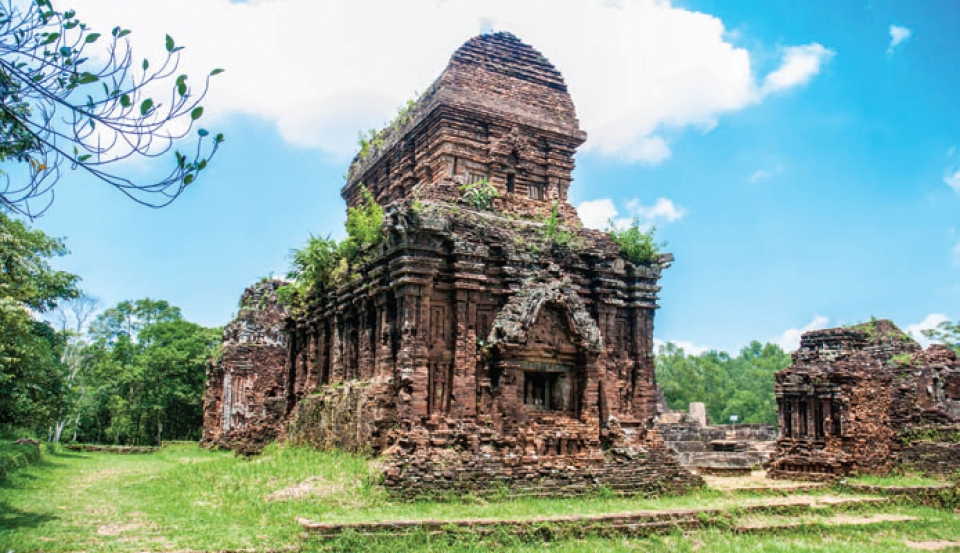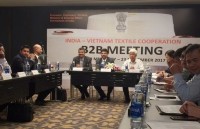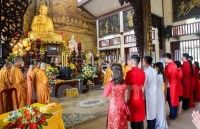
India helps Quang Nam preserve My Son Sanctuary
Latest
| TIN LIÊN QUAN | |
| India promotes relations with ASEAN | |
| Vietnam attends ASEAN-India Connectivity Summit | |
According to head of the Management Board of the site Phan Ho, a project has been implementing to conserve the site under a memorandum of understanding on cooperation signed between the two countries.
 |
| The My Son Sanctuary (Photo: Mytour.vn) |
From February this year, scientists and researchers from India have worked with representatives from Quang Nam’s cultural and tourism sector and the management board to conduct research programmes of the site in the framework of the project.
The project was officially launched in March 2017, focusing on field works, training and technology transfer.
New archaeological findings of architecture have contributed to the identification of new values in the site.
Indian archaeological engineer B. Kumar affirmed the My Son Sanctuary reflects not only construction techniques but also history values, noting that this is an architectural and art masterpiece as it was built at the place where the natural landscape is in connection with religious concepts.
He underlined the need to protect and restore both the architecture and the natural landscape, thus returning the inherent value and bringing vitality to the monument.
Apart from India, UNESCO and the governments of Japan and Poland have also supported Vietnam in the work.
The management board has also coordinated with travel agencies to organise activities to attract visitors to the Sanctuary.
In 2017, the My Son Sanctuary welcomed 290,000 tourists, up over 10 percent year-on-year, raking in nearly 50 billion VND.
Once the religious and political capital of the Champa Kingdom, My Son Sanctuary is located in a hilly landscape in Duy Phu commune, Duy Xuyen district, about 70 km southwest of central Da Nang city and 40 km from Hoi An city.
It comprises eight groups of 71 monument built throughout the 7th -13th centuries.
The first construction of My Son dated back to the 4th century under the reign of Bhadravarman for the worship of God Shiva-Bhadresvara. But later on, the temple was destroyed.
At the beginning of the 7th century, King Sambhuvarman had it rebuilt and rebaptised Sambhu-Bhadresvara. Each new monarch came to My Son after his accession to the throne for the ceremony of purification and to present offerings and erect new monuments, which explains why My Son is the only place where Cham art flourished without interruption from the 7th to 13th century.
 | Vietnam participates in charity fair in India Representatives from the Vietnamese Embassy in India and from other countries’ diplomatic agencies and international organisations based in New Delhi joined a charity bazaar in ... |
 | Vietnam, India eye textile cooperation There is a lot of potentials for cooperation between Vietnam and India in the textile and garment sector, a Vietnam-India business meeting heard in Ho ... |
 | Vietnamese culture features Buddhist legacy Since Buddhism entered Vietnam from India and China years ago, has mixed with the nation’s traditions and beliefs, while contributing to shaping the nation’s cultural ... |

















